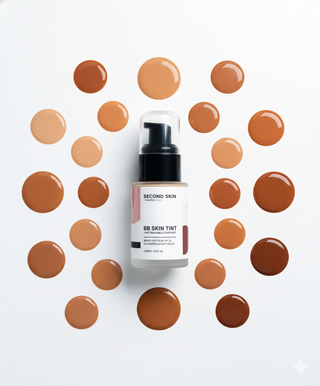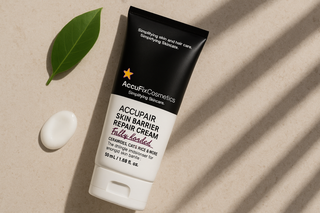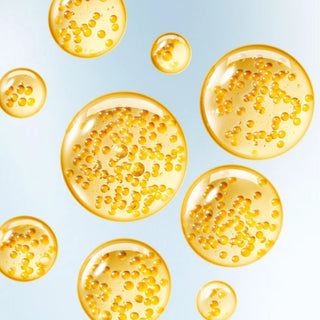Post
-

Tinted Moisturizer vs BB Cream: Which One Should You Choose?
When it comes to keeping your skin fresh and even without the weight of a full foundation, two names often come up: tinted moisturizers and BB creams. Both look similar...
-

Hair Porosity 101: What It Is, Why It Matters, and How to Care for Yours
In this blog, we’ll explain what hair porosity is, how to test it at home, and how to care for your hair based on your porosity type.
-

The Gentle Touch: 5 Amazing Benefits of Baby Massage
Explore why baby massage is so wonderful and how you can easily make it a part of your daily routine.
-

Diaper Rash in Babies: Why It Happens and How You Can Keep It Away
A complete guide for parents on how to effectively treat, prevent, and understand the causes of baby diaper rash.
-

Baby Eczema: Causes, Symptoms, and Safe Care Every Parent Should Know
Baby eczema is one of the most common skin conditions in infants and toddlers, and while it looks alarming, it can be managed with the right care.
-

Baby Dry Skin: Causes, Signs, and Safe Solutions
Learn the common causes of baby dry skin & discover simple, safe solutions to soothe their skin and restore softness.
-

7 Baby Skin Problems Every Mom Should Know
Common baby skin problems that can worsen if not handled with the right gentle care.
-

Using Soap bar is your Biggest Skincare Mistake
We break down the science behind why soap damages your skin's protective barrier and explore the gentle, effective cleansers you should be using instead.
-

A Complete Guide to Ceramides for Strong, Resilient Skin
Let's learn why using a new face wash sometimes makes your skin feel tight and uncomfortable?
-

101 Guide to Vitamin C Serum: From Confused to Confident
The Vitamin C secret most brands won't tell you.
-

Why AccuFix Doesn’t Sell a Vitamin C Face Wash
Let's break down the science and explain why a serum will always outperform a wash for skin brightening.
-

Encapsulation in Skincare: A Smarter Way to Deliver Ingredients
Let’s explore what encapsulation really means, how it works, and why it matters for your skin.












